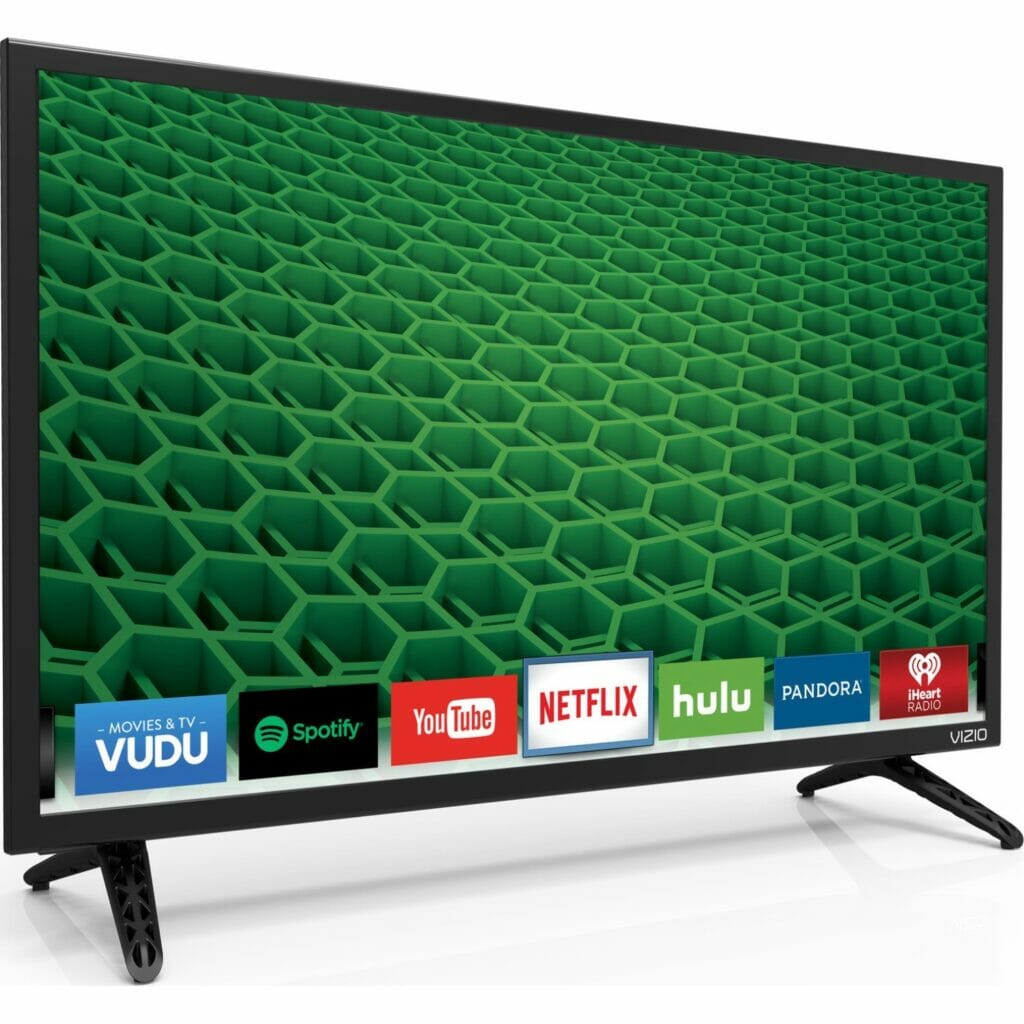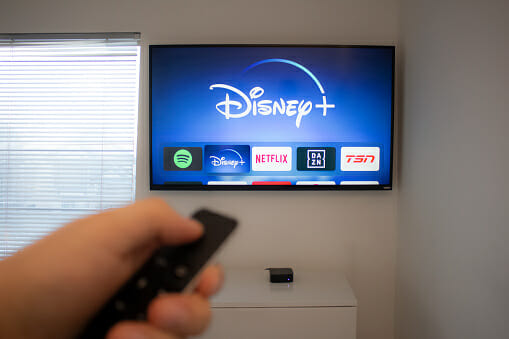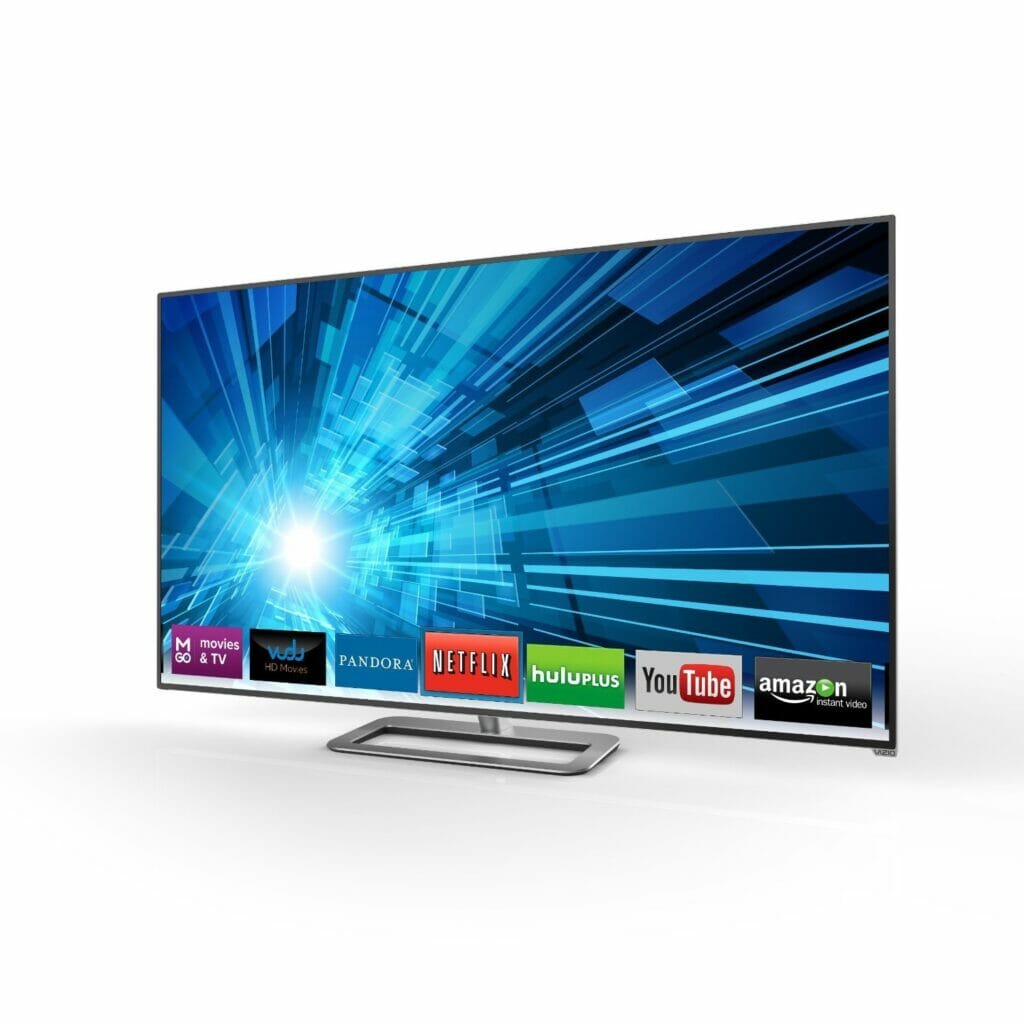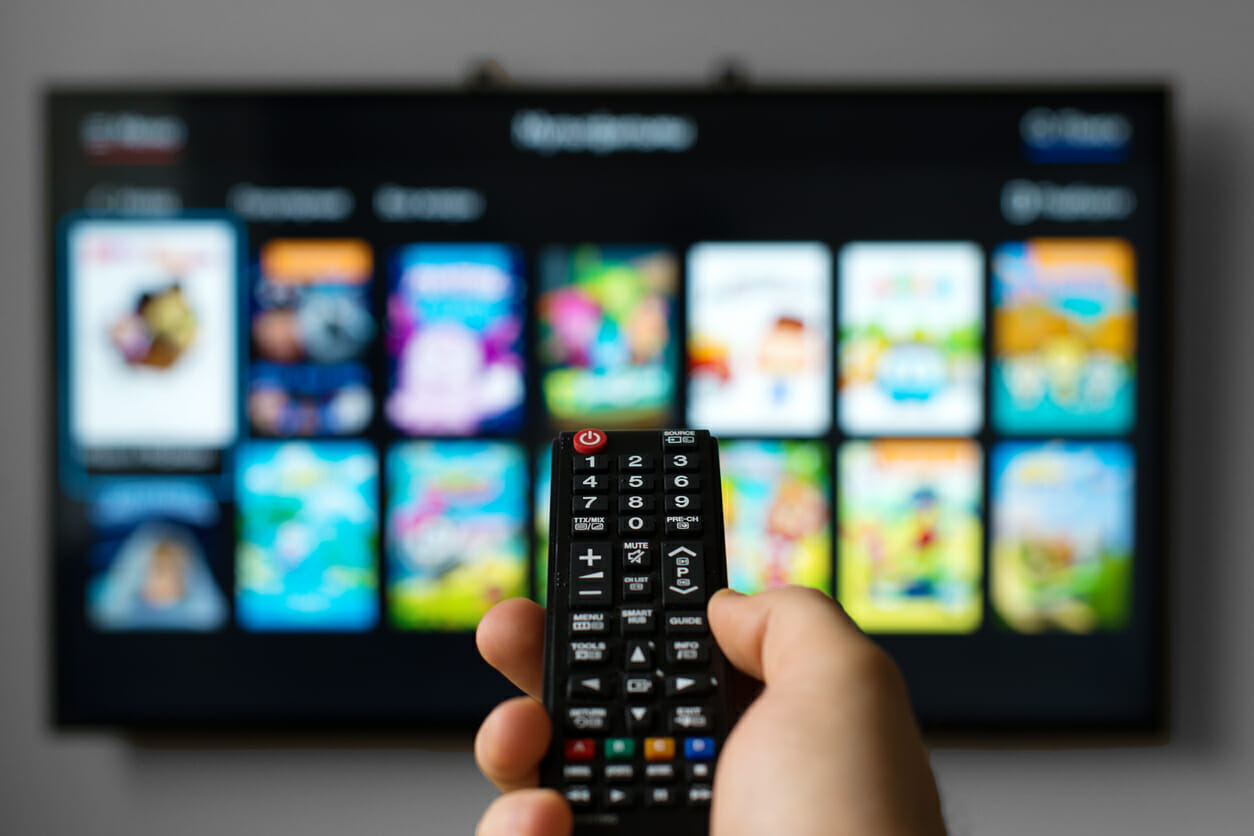Table of Contents
VIZIO is a trusted brand if you are looking for a standout TV with some incredible models on offer. They have compelling performance, and you will, without a doubt, fall in love with their best features that include voice controls, streaming apps, and news and related content channels.
VIZIO TVs are high-quality budget TVs, on par with other such alternatives like Hisense or TCL, and offer great picture clarity in their native displays. However, the TV set won't fit every task with the same calibration. Once in a while, you may need to change the picture settings to ensure a more appealing display, especially if you are a gamer.
Different applications need different picture calibration settings, and gaming is one of those TV applications. Every detail is essential in gaming, and you would, therefore, need to calibrate the picture settings to the best level for the best gaming experience.
This article explains how to tweak the picture settings of your VIZIO TV to ensure the best gaming experience.
What Is the VIZIO TV Best Picture Settings for Gaming?
After in-depth, comprehensive picture settings research, we're confident to state that these settings are the best for gaming VIZIO TV. Gaming pros are familiar with these settings and won't find challenges going about them. However, it may be a bit difficult for beginners. But, don't worry yet; we've got you covered. We're taking a step-by-step guide to explain the various settings you need to carry on your VIZIO gaming TV.
We did most of these tests on the latest VIZIO TV models, such as the V series. The tests worked well with these models, but they may fail to work with other variants.

What Are the Best Recommended Settings for VIZIO TV?
The recommended best VIZIO TV picture settings for gaming settings are listed below.
- ECO Settings
- SDR
- Brightness setting
- Contrast
- Color
- Sharpness
- Tint
- Color temperature
- Gamma
- HDR
- Dolby Vision
- Image enhancement settings
- Game settings
- White balance settings
ECO Settings
The Eco settings don't impact the image quality or calibration. It allows you to edit the picture settings without a locked or reset feature. It removes the impact of default settings on the image quality while calibrating.
VIZIO has Timers settings that work the same way as Eco settings found on other TV brands. The first thing to do when calibrating your VIZIO TV's picture settings is to adjust it to not interfere with the testing process. This setting allows you to conduct the process without interference or the TV self-adjusting the picture or sleeping.

SDR Settings
Proceed to SDR settings immediately after you finish the Eco settings. The SDR settings coordinate a lot of color settings and would be better if done first.
Follow the steps given below.
- Choose the most viable picture setting from the following calibration settings.
- Standard
- Calibrated
- Vivid
- Calibrated Dark
- Game
- Computer
For gaming needs settings, we recommend the calibrated dark for best results. This calibration is the standard most gamers use for the best gaming experience.
- Proceed to edit the SDR settings. Calibrate the features listed below.
Brightness
We recommend you set the brightness level at 50. Adjusting it further or lower than 50 may affect the image quality. The chances of tampering with the image are high when you change the brightness past 50.
Contrast
We recommend you maintain the contrast settings at 50. Tweaking it past or below this level will ruin the image quality.

Sharpness
This feature describes the outline of the display feature. When the sharpness settings are at lower levels, the image appears softer and blends well with the surrounding. Therefore, we recommend you set the sharpness at 0.
Color
We recommend you maintain the color at 50. When calibrating the color settings, you should be careful because all the applications and other elements will get ruined if you tamper with them.
Color Temperature
The color temperature filters the picture even further. You can leave this setting as normal. However, you can shift to a warm color temperature if your calibration target is around 6500K.
Tint
You should always leave the tint settings at 0. Tints are, in most cases, inapplicable as they do not have much use. Only adjust this setting if your TV has a fixed wrong color and you wish to eliminate it.
Gamma
The working mechanism of gamma is close to that of brightness. However, it balances the picture's reflection and lights, unlike brightness which increases the white level of the screen. We, therefore, recommend leaving the gamma settings at 2.2.
Backlight Settings
This setting should come last in the SDR section. You should increase the backlight if you feel the display is not as bright as you intend. However, the backlight settings will depend on your surrounding conditions. Note that this setting has no impact on the picture quality.

HDR Settings
You may or may not need to alter the HDR settings. Compatible HDR apps have HDR settings tuned by default. These default settings allow the picture settings to adjust automatically when you start playing HDR content. The only aspect you might need to change is the picture mode (change it to calibrated dark). However, you can tune it to Full UHD calibration. But, for the VIZIO TV models lacking this setting, you should calibrate the HDMI mode to 2.1 to enable full bandwidth.
Dolby Vision
Some VIZIO TV models like the VIZIO V Series TV support Dolby Vision. Like HDR content, the Dolby Vision content automatically adjusts its Dolby Vision settings when you play them. Therefore, you may not need to alter this setting.
Image Enhancement Settings
VIZIO TVs, especially the Smart models, enhance the color settings to manipulate the display quality. This setting may improve or harm the image quality in the long run. We, therefore, recommend disabling these image processing options, such as Backlight Control and Black Detail. You should also enable Film Mode to eliminate 24p judder to maintain the image quality intended by the content creators.
Game Settings
The first consideration of any gaming need is color settings. Always make sure the color is calibrated to Full Ultra High Definition. The next aspect is the low latency feature. When turning this mode on, keep the input lag to the minimum. Low input lag ensures a lag-free gaming experience. You'll, therefore, be able to play efficiently and increase your winning chances in competitive games.
You can access the game low latency mode from the ProGaming Engine menu. The good thing with the low latency setting is that it works with all picture modes.
You should keep track of the default values of your VIZIO TV settings so that you can go back to them after finishing calibrating.
PC Gaming
You need no special settings if you use your VIZIO TV as a gaming PC (VIZIO V Series TVs). Turn on the Game Low Latency mode, and you're good to go. VIZIO TVs no longer have the Full UHD Color or Computer Picture Mode. Calibrate the computer and the full color to 4:4:4. Set HDMI mode to 2.1 for full bandwidth.
How to Make HDR Brighter
After calibrating your HDR content, it might look dim. If this is the case, then you need to increase your backlight. Adjusting backlight settings to 100 will make the content brighter. Note that this will depend on your surroundings' light condition. Neither will this setting improve your image quality nor the peak white brightness.
If, after increasing the backlight to 100, the content still appears dim, then you can modify the gamma setting to 1.8. This gamma calibration should increase the brightness of your content.
Other settings to make HDR brighter are adjusting the picture mode to Calibrated Dark. Put color temperature to standard and high Black Detail. You should also turn on the backlight control and put high local contrast—these settings combinations result in a brighter display than the usual one.
FAQs
Does Backlight Calibration Affect the Picture Quality?
No, backlight calibration does not affect the picture quality of your display. It is meant to make the content on the screen display brighter. Its calibration depends on the surrounding light condition.
Note that adjusting the backlight to full can affect your sight and result in permanent eye damage.
Do I Need to Calibrate the Eco Settings?
Yes, you need to calibrate the eco settings. These settings will allow you to edit the picture features without interference from the system's default calibration. Note that eco settings do not affect the picture settings.
What Are Some of the Advanced Picture Settings?
The advanced picture settings are listed below.
Smooth motion effect
Noise reduction
Ambient light sensor
Adaptive luma
Smart Dimming
Backlight control
Color enhancement
When calibrating your VIZIO TV for gaming, you should turn off all these advanced picture settings. This action will allow you to carry on the procedure with minimum interference.

What Should Be the Offset Values for the Color Temperature in Gaming Settings?
The offset values for the color temperature when calibrating the VIZIO TV for gaming are listed below.
Red offset - 130
Red gain - 139
Green offset - 130
Green gain - 116
Blue offset - 130
Blue gain - 129


